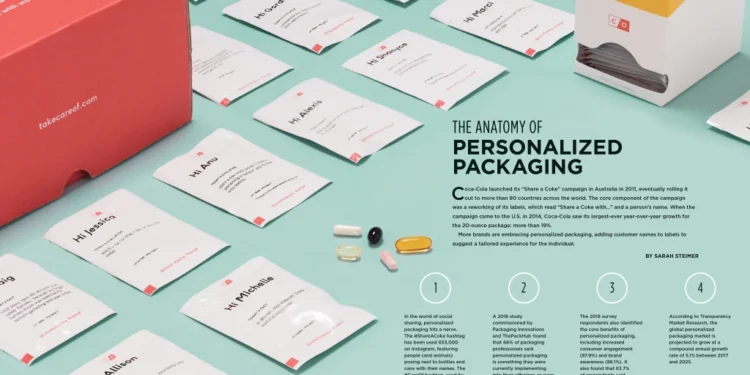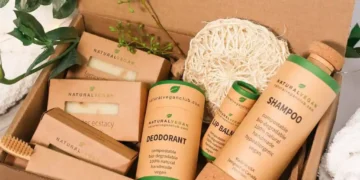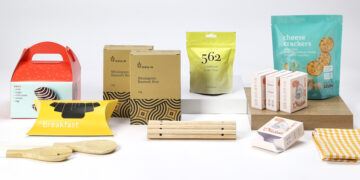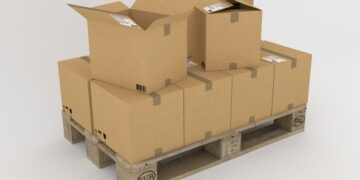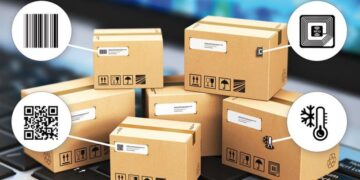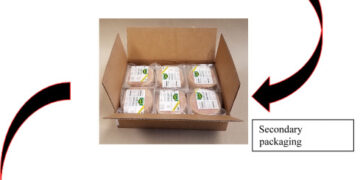In today’s highly competitive business world, it is essential for companies to differentiate themselves from their competitors. One way to do this is through personalized packaging. Personalized packaging involves creating customized packaging that is unique to your business and brand. This type of packaging can help you stand out on the shelf, create a memorable unboxing experience, and build a stronger connection with your customers. In this article, we will explore the rise of personalized packaging and how you can create custom packaging for your business.
Why Personalized Packaging is Important
The packaging of your product plays a critical role in how your customers perceive your brand. Personalized packaging can help you create a more memorable and engaging experience for your customers. When done right, it can help you stand out from the crowd, build brand loyalty, and increase customer satisfaction.
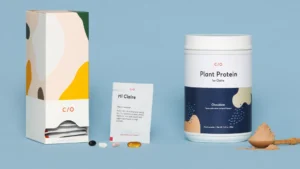
One of the primary benefits of personalized packaging is that it helps you create a stronger emotional connection with your customers. By customizing your packaging, you can make your customers feel like they are receiving something special and unique. This can help create a positive association with your brand, leading to increased loyalty and repeat business.
Another benefit of personalized packaging is that it can help you differentiate your product from your competitors. In a crowded marketplace, it can be challenging to stand out. By creating custom packaging that is unique to your brand, you can make your product more recognizable and memorable to customers.
How to Create Personalized Packaging
Creating personalized packaging for your business can seem daunting, but it doesn’t have to be. With the right approach and tools, you can create custom packaging that reflects your brand’s personality and values.
Here are some steps to follow when creating personalized packaging for your business:
Step 1: Define Your Brand Identity
Before you can create personalized packaging for your business, you need to define your brand identity. Your brand identity is the set of values, personality traits, and characteristics that define your brand. This includes things like your brand’s mission statement, visual identity, and tone of voice.
To define your brand identity, ask yourself the following questions:
- What is the purpose of your brand?
- What values do you want your brand to represent?
- Who is your target audience?
- What sets your brand apart from your competitors?
By answering these questions, you can start to develop a clear understanding of your brand’s identity, which will inform your packaging design.
Step 2: Choose Your Packaging Materials
Once you have a clear understanding of your brand identity, you can start to choose your packaging materials. The materials you choose will depend on the type of product you are selling, your budget, and your sustainability goals.
Some popular packaging materials include:
- Cardboard boxes
- Paper bags
- Glass jars and bottles
- Plastic containers
- Tin cans
When choosing your packaging materials, consider the environmental impact of your choices. Many customers are becoming more conscious of the environmental impact of packaging and may choose products that are packaged sustainably.
Step 3: Design Your Packaging
Once you have chosen your packaging materials, you can start to design your packaging. Your packaging design should reflect your brand’s identity and values while also being visually appealing and functional.
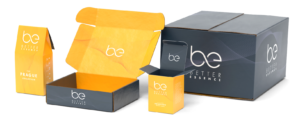
Some key elements of effective packaging design include:
- Your brand logo and visual identity
- A clear and concise product description
- Product images or illustrations
- Contact information or website URL
To create an effective packaging design, you may want to work with a graphic designer or packaging specialist who can help you bring your vision to life.
Step 4: Test Your Packaging
Before you start using your personalized packaging, it’s important to test it with your target audience. This can help you identify any issues or areas for improvement before you launch your product.
To test your packaging, consider conducting a focus group or survey with your target audience. You can ask for feedback on things like the design, materials, and overall packaging experience. Use this feedback to make any necessary changes before launching your product.
Step 5: Launch Your Product with Personalized Packaging
Once you have finalized your personalized packaging, it’s time to launch your product. Use your new packaging to create a memorable and engaging unboxing experience for your customers. Consider adding personalized touches like thank-you notes, stickers, or other branded elements to make the experience even more special.
Measuring the Success of Your Personalized Packaging
After you have launched your product with personalized packaging, it’s important to measure its success. Some metrics you may want to track include:
- Sales: Has your personalized packaging led to an increase in sales or repeat business?
- Customer satisfaction: Are your customers satisfied with the packaging and overall unboxing experience?
- Brand recognition: Has your personalized packaging led to increased brand recognition or awareness?
By tracking these metrics, you can assess the impact of your personalized packaging and make any necessary changes to improve its effectiveness.
Additionally, personalized packaging can also be used to support your sustainability goals. With the increasing concern for the environment, consumers are looking for eco-friendly products and packaging. By choosing sustainable materials and reducing packaging waste, you can appeal to these consumers and demonstrate your commitment to sustainability.
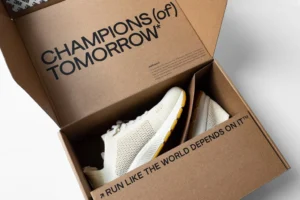
Furthermore, personalized packaging can be used as a marketing tool to promote your brand. By incorporating your brand’s logo and visual identity into your packaging design, you can increase brand recognition and awareness. This can help your brand stand out on the shelf and make a lasting impression on your customers.
Conclusion
Personalized packaging is an increasingly popular way for businesses to differentiate themselves and create a more memorable and engaging experience for their customers. By following the steps outlined in this article, you can create custom packaging that reflects your brand’s personality and values while also being visually appealing and functional. Remember to test your packaging with your target audience and track its success to ensure that it is achieving your desired outcomes. With the right approach and tools, personalized packaging can help you stand out from the crowd and build a stronger connection with your customers.

